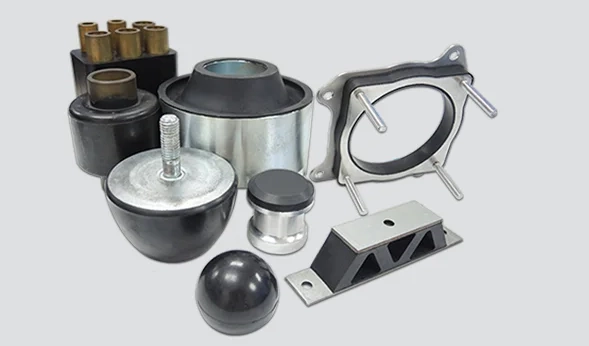In today's world, where environmental concerns are at the forefront, finding sustainable solutions in every aspect of our lives is crucial. One area that demands immediate attention is food packaging. With the ever-increasing demand for convenience and the rise of takeout culture, it is essential to explore the most eco-friendly food packaging options available. This article delves into the realm of sustainable packaging, highlighting the most innovative and environmentally conscious choices.
- Understanding the Importance of Eco-Friendly Food Packaging:
- The environmental impact of traditional food packaging: Discussing the detrimental effects of non-biodegradable materials, excessive waste generation, and carbon emissions associated with conventional packaging.
- The significance of sustainable packaging: Emphasizing the need for eco-friendly alternatives to reduce waste, conserve resources, and minimize pollution.
- Biodegradable and Compostable Packaging:
- Exploring plant-based materials: Detailing the use of materials like bioplastics, such as PLA (polylactic acid), derived from renewable resources like cornstarch or sugarcane.
- Benefits of biodegradable packaging: Highlighting its ability to break down naturally, reducing landfill waste and minimizing environmental harm.
- Compostable packaging: Discussing the advantages of packaging that can be composted, enriching the soil and closing the nutrient loop.
- Innovative Solutions:
- Edible packaging: Introducing the concept of edible films made from natural ingredients like seaweed or starch, providing a sustainable and waste-free alternative.
- Mushroom packaging: Exploring the use of mycelium, the root structure of mushrooms, to create biodegradable packaging materials that are both sturdy and eco-friendly.
- Plant-based coatings: Discussing the application of plant-based coatings on traditional packaging materials to enhance their biodegradability and reduce environmental impact.
- Minimalist and Reusable Packaging:
- The rise of minimalist packaging: Exploring the trend of reducing excess packaging, focusing on functionality, and using recyclable materials.
- Reusable packaging systems: Highlighting the benefits of returnable and refillable packaging models, such as stainless steel containers or glass jars, to minimize waste and promote a circular economy.
- Industry Initiatives and Regulations:
- Government regulations and policies: Discussing the role of regulatory bodies in promoting eco-friendly packaging practices and encouraging the adoption of sustainable alternatives.
- Industry collaborations and certifications: Highlighting initiatives taken by food companies, packaging manufacturers, and organizations to develop and promote sustainable packaging solutions.
- Consumer awareness and demand: Emphasizing the importance of consumer education and their role in driving the demand for eco-friendly packaging, leading to a more sustainable market.
Conclusion:
As the world becomes increasingly conscious of the environmental impact of our choices, the need for eco-friendly food packaging solutions becomes paramount. By embracing biodegradable and compostable materials, exploring innovative alternatives, and adopting minimalist and reusable packaging, we can significantly reduce waste and contribute to a more sustainable future. It is essential for individuals, businesses, and policymakers to collaborate and prioritize eco-friendly packaging practices to protect our planet for generations to come.


